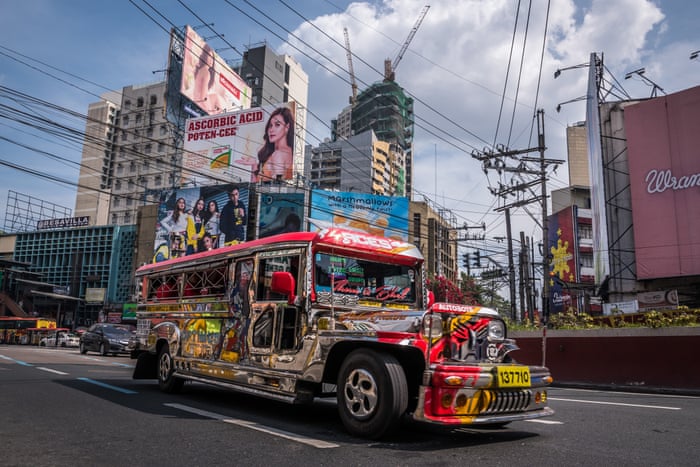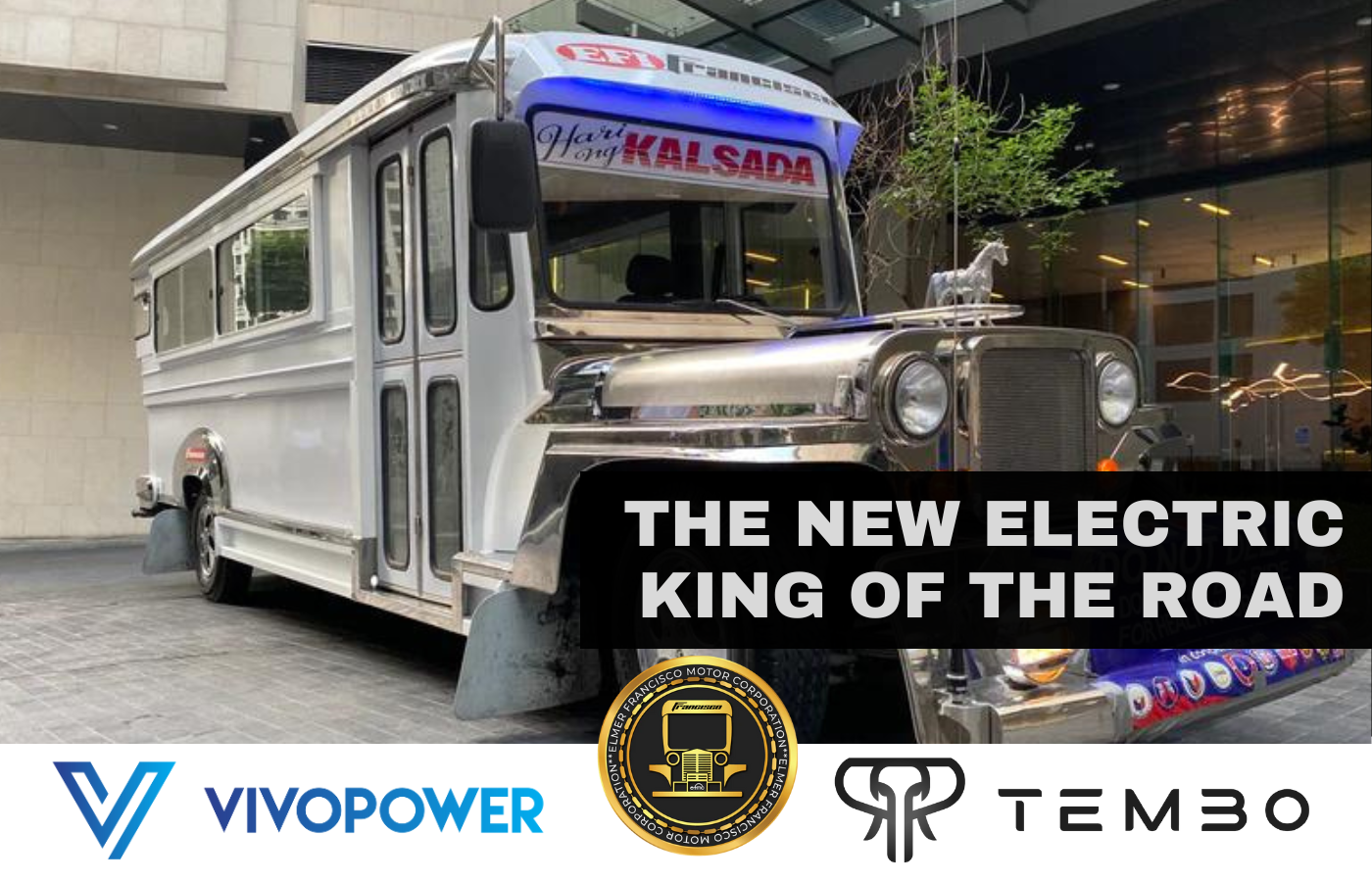Transit Advertising Philippines: Get To Countless Commuters Daily
Transit Advertising Philippines: Get To Countless Commuters Daily
Blog Article
Understanding the Function of Transportation Advertising in Enhancing Brand Name Presence and Consumer Involvement
Transit marketing has actually become an essential element in the advertising landscape, supplying special possibilities for brands to raise their presence and engage consumers efficiently. With the capacity to reach a diverse and restricted audience during their day-to-day commutes, these advertising techniques are not simply concerning visibility; they are about producing meaningful connections with prospective clients. As we discover the complex advantages and innovative techniques within transit marketing, it ends up being essential to consider how these components collectively influence consumer perception and behavior, questioning regarding their lasting effect on brand name commitment.
Meaning of Transportation Advertising And Marketing
Transportation advertising and marketing describes the method of promoting items, solutions, or brands through promotions positioned around public transportation systems. This form of advertising incorporates a selection of positionings, including posters on trains and buses, digital screens at transportation stations, and covers on the outside of automobiles. It aims to reach a varied audience, profiting from the high foot website traffic connected with public transit.
Transit advertising and marketing is tactically positioned to record the interest of commuters, that commonly spend considerable time waiting or taking a trip. By incorporating ads into the day-to-day routines of people, brands can create a long-term perception and foster brand acknowledgment. The medium is particularly efficient in urban environments, where public transport is a main mode of traveling.
In addition, transportation marketing can help with localized targeting, permitting organizations to get to particular demographics based on transit routes and station areas. As city populations expand and the usage of public transport rises, this marketing method has actually gained prestige as a vital part of integrated advertising strategies. The dynamic nature of transportation advertising, integrated with its ability to engage customers in a restricted environment, underscores its relevance in modern advertising methods.
Advantages of Transportation Advertising And Marketing
The effectiveness of transit marketing depends on its ability to provide a wide variety of advantages to brands seeking to enhance exposure and interaction. Among the main benefits is the considerable reach it provides; transportation advertisements can efficiently target varied demographics across urban areas, getting to both travelers and pedestrians alike. This wide exposure dramatically improves brand name awareness.
One more benefit is the high frequency of impacts. As transit automobiles follow well established paths and quit at multiple places, they develop repeated exposure that enhances brand messages. This regularity promotes knowledge, which is crucial in consumer decision-making.
Transportation advertising is additionally affordable compared to various other media systems. Provided its extensive reach and potential for high impressions, brand names commonly experience a lower expense per thousand impressions (CPM), maximizing their advertising and marketing budget plan.
Furthermore, transit advertisements can produce a sense of community link. By straightening with regional transit systems, brand names can reverberate with regional target markets and promote a sense of neighborhood satisfaction. This localized approach boosts brand loyalty and involvement, making transit advertising an engaging option for companies intending to solidify their visibility in the marketplace.

Effective Strategies for Transit Projects
To maximize the influence of transit projects, brands must leverage critical planning and implementation tailored to their target market. Initially, determining the group attributes of the target market utilizing public transportation is essential. This permits brands to produce personalized messaging that reverberates with possible clients.
Following, choosing the appropriate transit mediums is essential. Whether using bus covers, subway posters, or electronic displays, each medium has distinct benefits that can enhance exposure. For instance, lively visuals on bus covers can stand out, while electronic ads can be upgraded often to mirror prompt promotions.
Additionally, incorporating a cohesive branding method throughout transportation systems ensures consistency and enhances the brand name's identity. Making use of distinctive designs and unforgettable taglines will reinforce brand recall among commuters.
By using these approaches, brand names can successfully harness the potential of transit advertising, fostering greater recognition and link with their target audience. Eventually, a well-executed transit project can drive significant development in brand presence and customer interaction.

Determining Impact and Involvement
In reviewing the efficiency of transportation ad campaign, accurate dimension of effect and engagement is crucial for brands seeking to maximize their advertising strategies. Website Metrics such as reach, regularity, and impressions provide fundamental data to analyze visibility. Assessing these aspects helps figure out how several prospective consumers are subjected to the promotions during their day-to-day commutes.
Interaction can be more evaluated via consumer communications, such as website web traffic, social media points out, and straight reactions to calls-to-action included in the ads. Using devices like QR codes or distinct Links can facilitate monitoring of consumer habits straight linked to transportation campaigns. Studies and feedback systems likewise act as important methods to collect qualitative data on consumer understandings and recall of the promotion.
In addition, advanced analytics and attribution versions can correlate transit direct exposure with succeeding buying habits, supplying insights into the return on financial investment. By using a comprehensive method that integrates qualitative and measurable actions, brands can develop a nuanced understanding of their transit marketing effect. Eventually, this data-driven approach makes it possible for brand names to improve their campaigns, ensuring they resonate effectively with target audiences and enhance overall brand visibility.
Study of Successful Campaigns
Successful transit marketing campaign serve as compelling examples of how effective techniques can elevate brand visibility and engagement. Transit Advertising Philippines. One noteworthy situation is the "I Love New York" campaign, which changed the city's photo and brought in numerous vacationers. By making use of metro advertisements, billboards, and bus wraps, the campaign produced a solid, natural brand identification, causing a substantial uptick in tourist and regional company patronage
One more exemplary campaign is Coca-Cola's "Share a Coke" campaign, which leveraged transit advertising to individualize the brand name experience. By featuring popular names on advertising materials across numerous transit platforms, Coca-Cola promoted a deeper psychological link with consumers, urging them to share their experiences on social networks.
Furthermore, the "Got Milk?" project successfully used public transportation advertisements to reach a wide audience, enhancing the message of the value of milk in a balanced diet regimen. The campaign saw a measurable rise in milk usage in target demographics.
These case researches illustrate that when implemented attentively, transit advertising and marketing can substantially enhance brand name visibility, foster customer engagement, and drive measurable results, demonstrating its crucial role in contemporary marketing techniques. - Transit Advertising Philippines
Conclusion
In final thought, transit advertising and marketing serves as a crucial tool for boosting brand name visibility and cultivating consumer involvement. Ultimately, the capacity to gauge involvement and evaluate effective case researches emphasizes the efficiency of transportation advertising in driving brand name loyalty and consumer communications.
Transit advertising and marketing has emerged as a crucial aspect in the advertising and marketing landscape, supplying special possibilities for brands to raise their exposure and involve customers effectively.Additionally, transportation advertising continue reading this can promote local targeting, allowing organizations to reach details demographics based on transportation courses and terminal areas.In assessing the performance of transit advertising and marketing projects, accurate measurement of effect and engagement is necessary for brand names looking for to maximize their marketing strategies.Successful transit marketing campaigns serve as compelling instances of exactly how reliable techniques can elevate brand name presence and involvement.In verdict, transportation marketing offers as a why not try here vital tool for enhancing brand name exposure and promoting consumer interaction.
Report this page